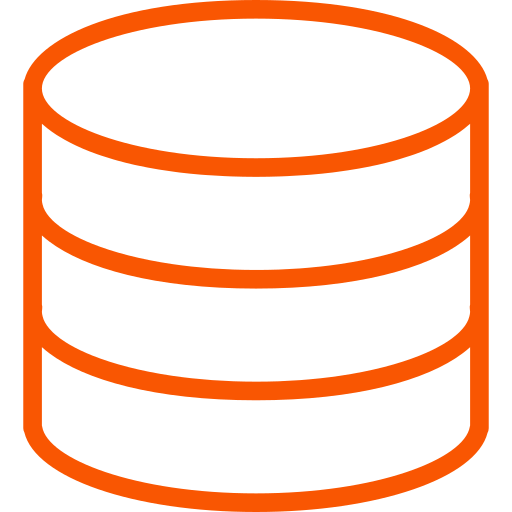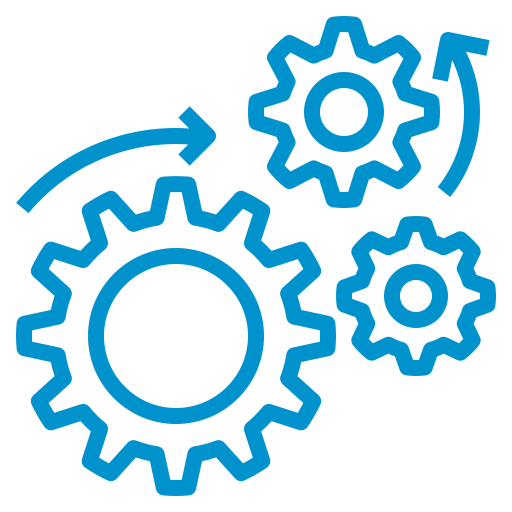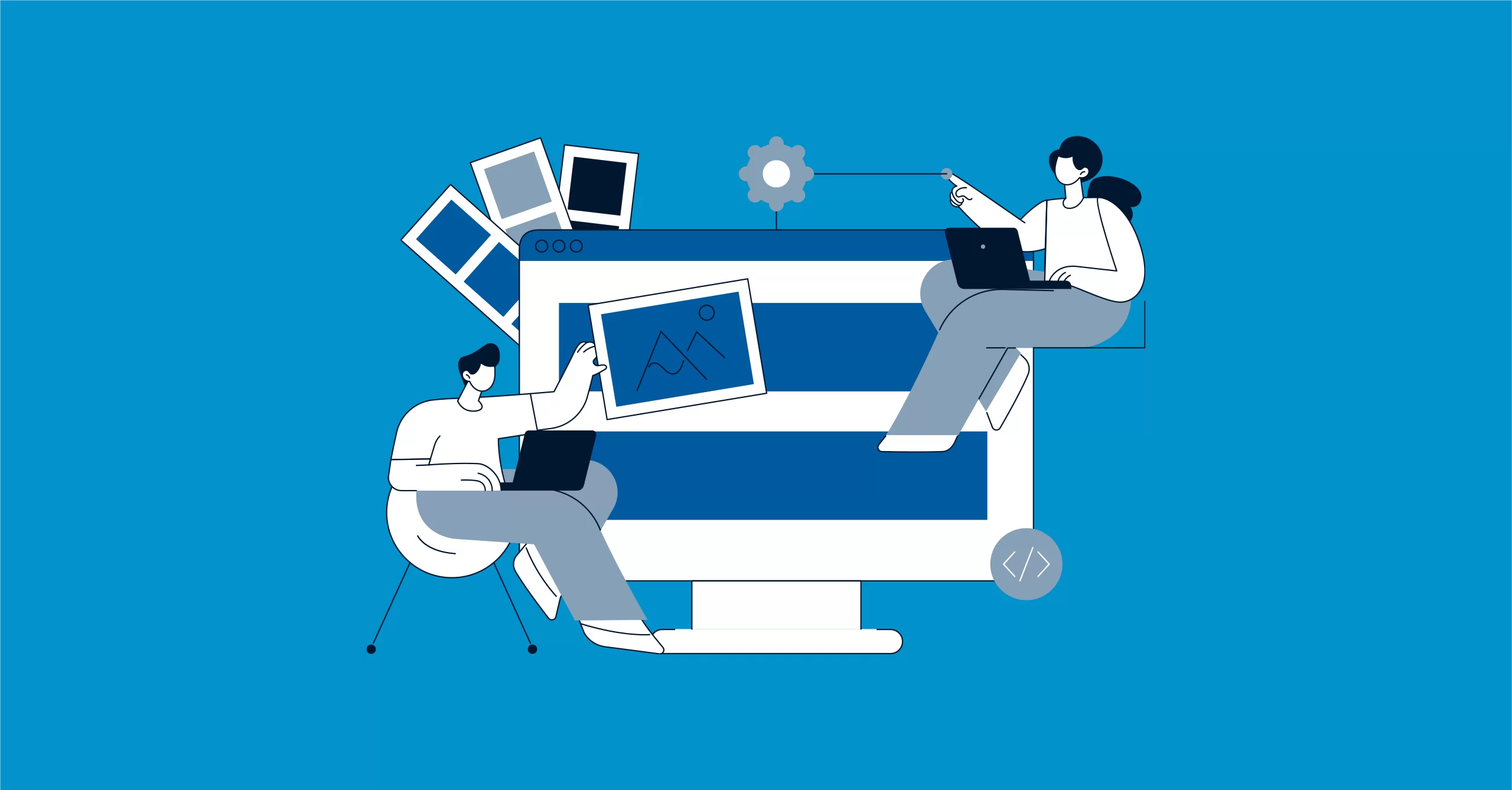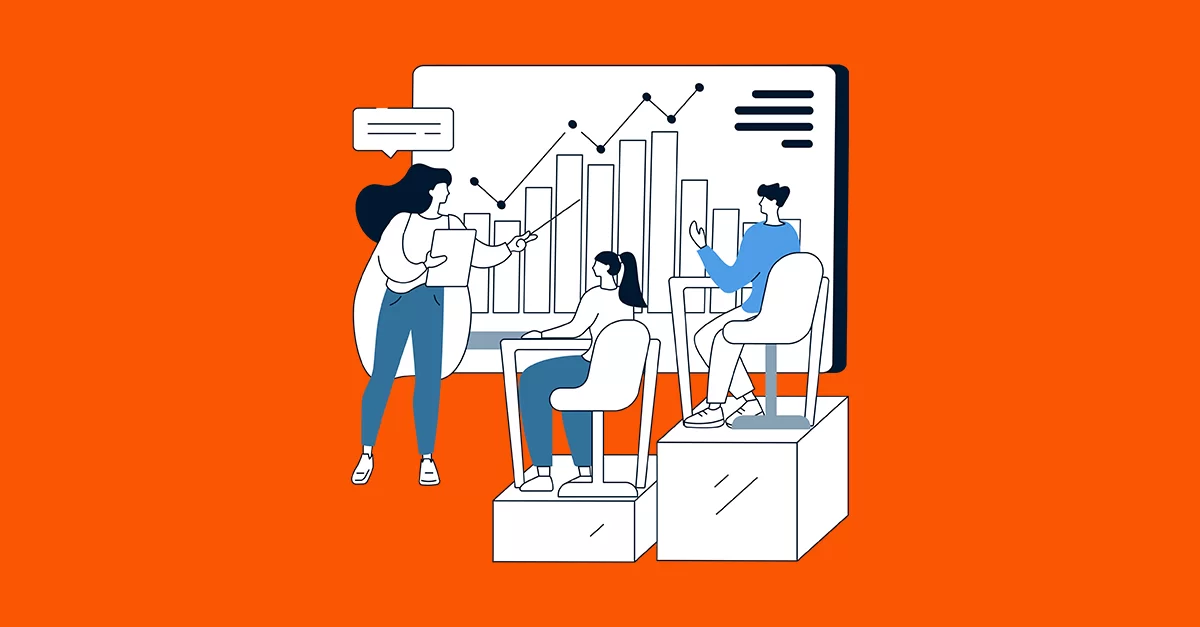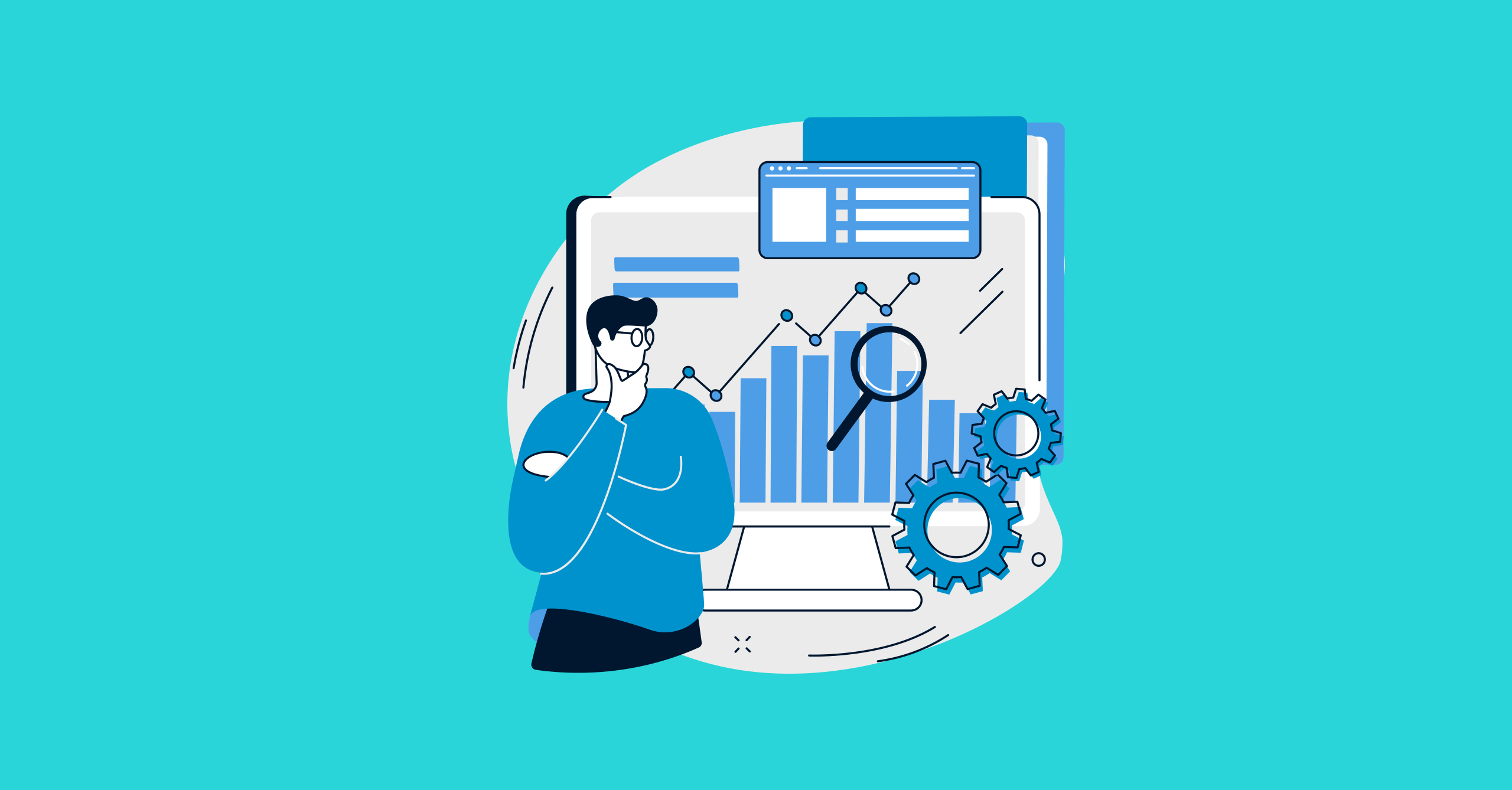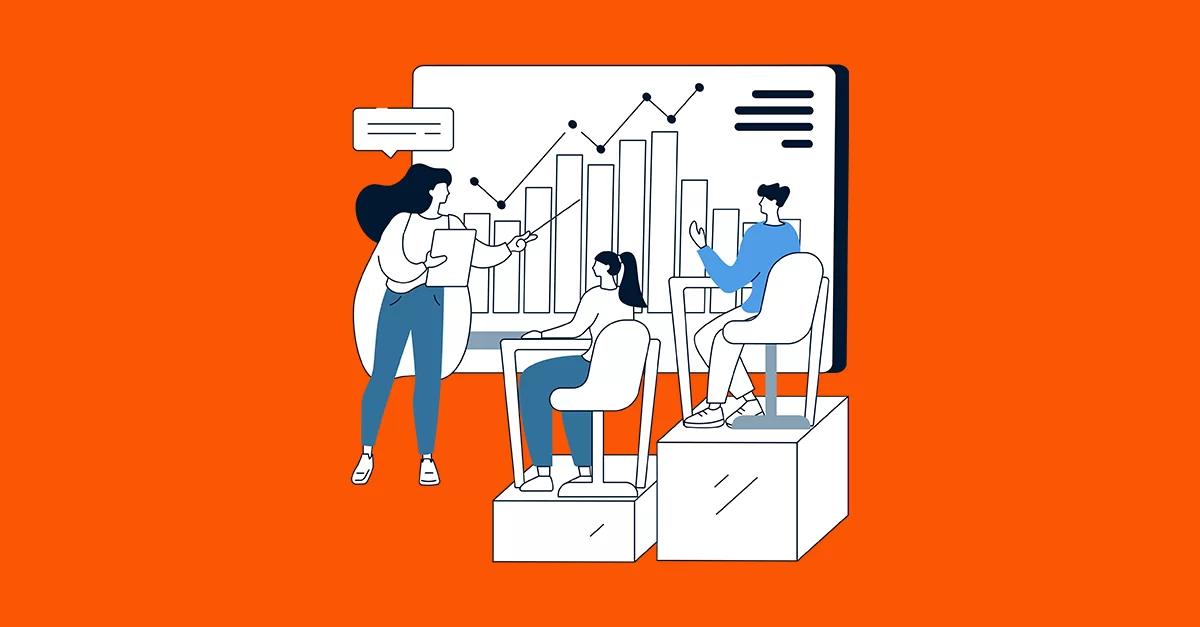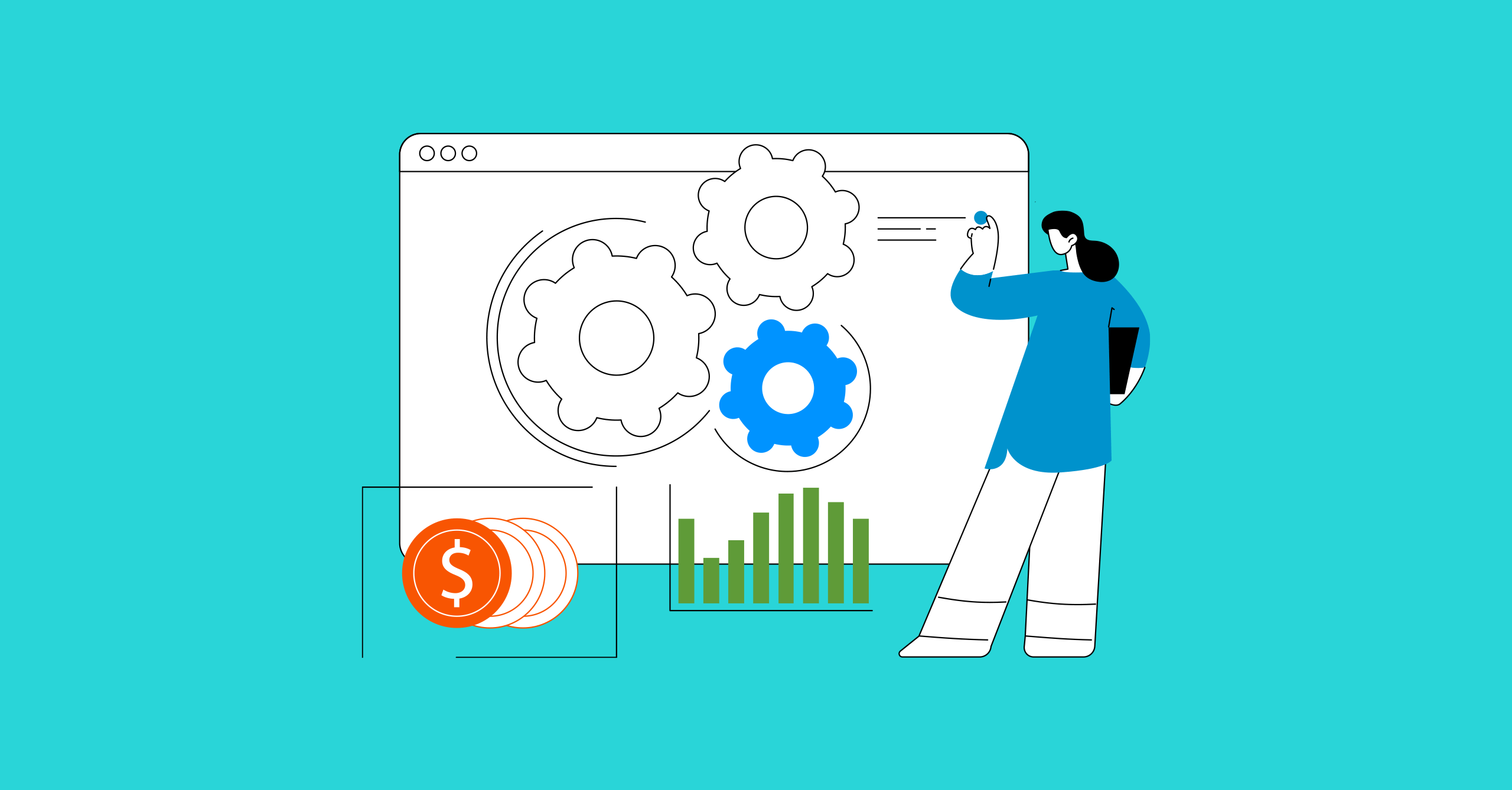
Rapidly changing market conditions, increasing data volumes, and complex business processes make it increasingly difficult to manage software development processes using traditional methods. Quick access to information, smooth execution of processes, and the ability to make the right decisions are now fundamental criteria for competitiveness. ERP softwares increase operational efficiency by integrating all of a company’s processes under one roof, centralizing data flow, and enabling the digitization of processes. Whether it’s finance and accounting, human resources, or supply chain, ERP softwares enable different departments to work in harmony and ensure that business processes run automatically and seamlessly.
Using these components correctly on your digital transformation journey not only increases operational efficiency but also accelerates your business’s strategic decision-making processes, optimizes resource utilization, and provides a competitive advantage.
What is Enterprise Resource Planning (ERP) Softwares ? How does it work?
Enterprise Resource Planning (ERP) is a powerful software solution that integrates the systems of a company’s different departments under one roof. Without this management system, each department uses its own specific system; however, with powerful ERP softwares, all data is managed centrally, and departments can access information through a single interface. This digitizes business processes, speeds up data sharing, and eliminates redundant costs.
To learn more about the fundamentals of enterprise resource planning and its role in business management, check out our article “What is ERP? A Guide to Business Management Systems.” This guide explains in detail how ERP softwares works, which processes it optimizes, and the advantages it offers businesses.
Modern ERP platforms are typically cloud-based and offer web access. Businesses select modules that suit their needs, all data is collected on a central server, and users can track processes with real-time reports, graphs, and performance metrics. Thus, ERP softwares become one of the cornerstones of digital transformation and operational efficiency.
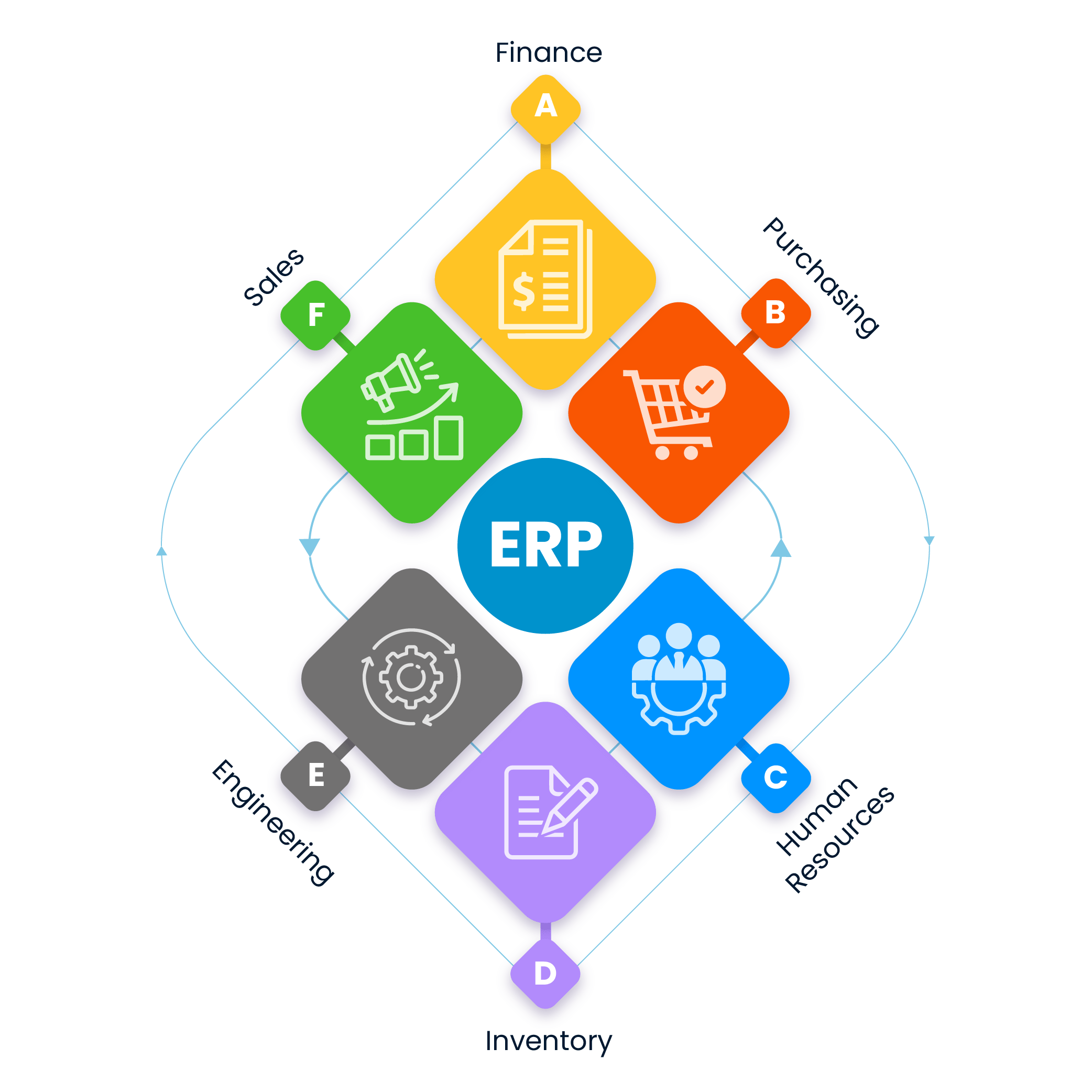
What Are the 3 Key Components of ERP Softwares?
Enterprise Resource Planning systems increase efficiency and strengthen decision-making processes by integrating different business processes under one roof. A successful ERP implementation is typically based on three core components:
Database Management
User Interface
Process Engine
When these components come together, the ERP softwares enables all departments of the business to work in harmony and digitize business processes. Thanks to enterprise resource planning, data flow accelerates, processes become transparent, and businesses can make more informed, strategic decisions.
Empower Your ERP Processes with Cheetah Low-Code!
The Cheetah Low-Code Platform makes ERP applications fast, efficient, and customizable, while significantly supporting the digitization of your business processes.
Easy Reporting: Create your own reports without writing code.
Fast and Error-Free Inventory Management: Manage stock processes with confidence.
Role-Based Access: Provide instant access to department-specific data.
Rapid Scalability: Quickly add new modules.
Digital Memory and Analysis: Compare past and future scenarios.
Rapid Implementation: Design and implement processes in hours.
